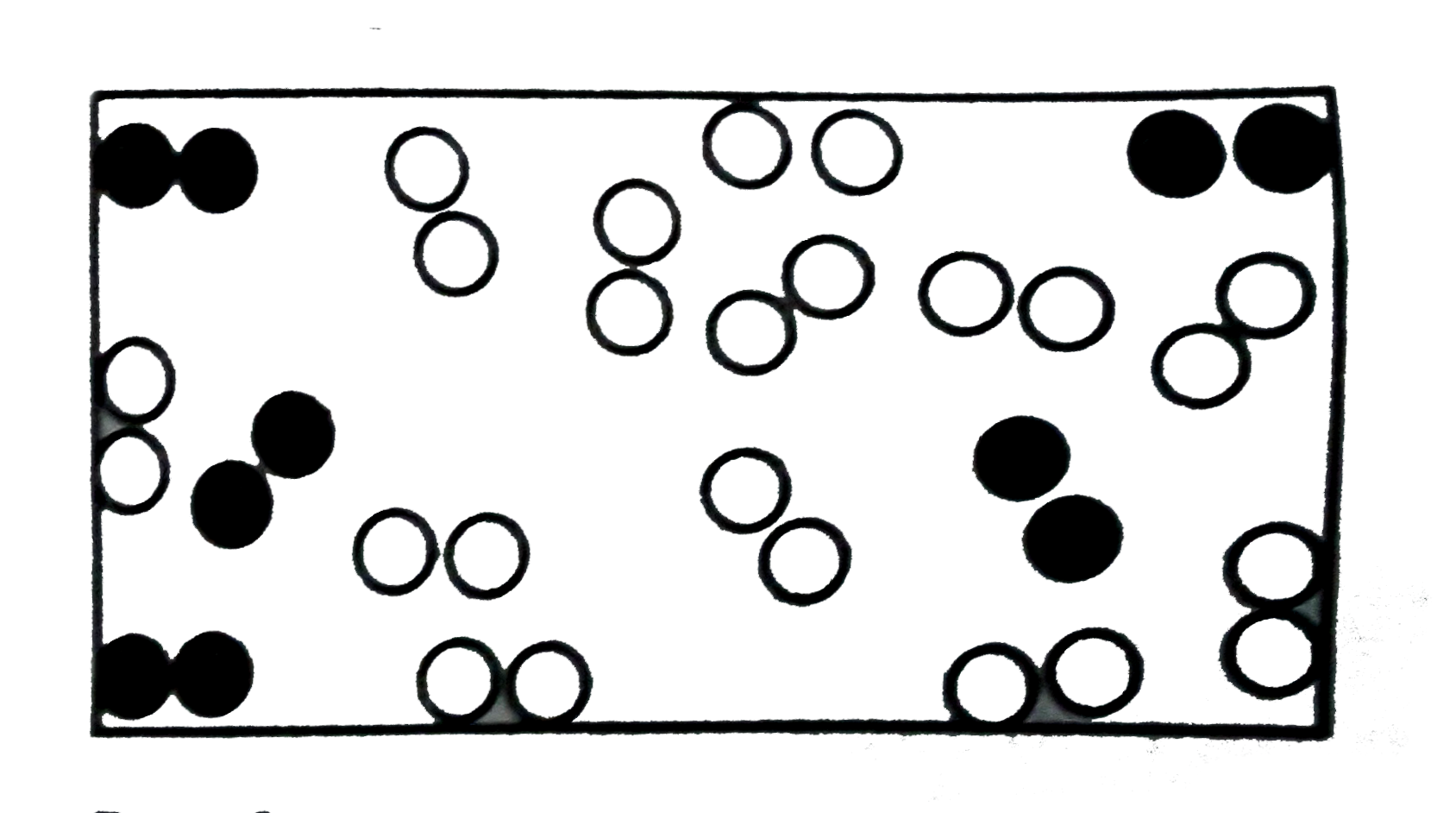When molecules of reactant came to each other?
Kinetic energy increases
Internal energy will be constant
Internal energy remain constant
Kinetic energy decreases.
The correct Answer is:D
Related Playlists
- BOOK - KUMAR PRAKASHANCHAPTER - CHEMICAL KINETICSEXERCISE - Section-E(Assertio and reason Type)5videos
CHEMICAL KINETICS
- BOOK - KUMAR PRAKASHANCHAPTER - CHEMICAL KINETICSEXERCISE - Section-E(MCQs asked in competitve Exam)40videos
CHEMICAL KINETICS
- BOOK - KUMAR PRAKASHANCHAPTER - CHEMICAL KINETICSEXERCISE - Section-D (Long answer type Questions)4videos
CHEMICAL KINETICS
- BOOK - KUMAR PRAKASHANCHAPTER - BOARD EXAM QUESTION PAPER MARCH - 2020 EXERCISE - PART -B23videos
BOARD EXAM QUESTION PAPER MARCH - 2020
- BOOK - KUMAR PRAKASHANCHAPTER - CHEMISTRY IN EVERYDAY LIFEEXERCISE - SECTION - E (MCQs ASKED IN GUJCET/BOARD EXAM)37videos
CHEMISTRY IN EVERYDAY LIFE
Similar Practice Problems
- Question 1 - Select One
A : Average velocity of gas molecules is zero,
R : Due to random motion of gas molecules, velocities of different molecules cancer each other.AIf both Assertion & Reason are true and the reason is the correct explanation of the assertion, then Mark (1)BIf both Assertion & Reason are true but the reason is not the correct explanation of the assertion, then mark (2)CIf Assertion is true statement but Reason is false, then mark (3)DIf both Assertion and Reason are false statements, then mark (4). - Question 1 - Select One
The number of molecules of the reactants taking part in a single step of the reaction tells about. :
Amolecularity of the reactionBmechanism of the reactionCorder of reactionDall of the above - Question 1 - Select One
The number of molecules of the reactants taking part in a single step of the reaction tells about. :
Aorder of a reactionBmolecularity of a reactionCfast step of the mechanism of a reactionDhalf-life of the reaction - Question 1 - Select One

In the above diagram, the paired open spheres represent H2 molecules and the paired solid spheres represent N2 molecules. When the molecules in the box react to form the maximum possible amount of ammonia (NH3 molecules, what is the limiting reactant and how many molecules of NH3 can be formed?AN2 is limiting. 5 molecules of NH3 can be formed.BN2 is limiting. 10 molecules of NH3 can be formed.CH2 is limiting. 8 molecules of NH3 can be formed.DH2 is limiting, 12 molecules of NH3 can be formed.
Similar Questions
The molecules of a substance collide with each other.
View SolutionWhat is the number of molecules of reactants taking part in the above reactions?
View SolutionWhat is the number of molecules of reactants taking part in the above reactions?
View SolutionThe light and heavy chains is an antibody molecule are linked to each other mainly by
View SolutionThe light and heavy chains is an antibody molecule are linked to each other mainly by
View SolutionA : Average velocity of gas molecules is zero,
R : Due to random motion of gas molecules, velocities of different molecules cancer each other.View Solution

